It was Seraphim Joseph Fortes’ face that first captivated Vancouver artist Ruby Smith Diaz. Photographed in the 1890s, Fortes stands with his hands on his hips in front of his settler’s tent — complete with shaving mirror and tablecloth-covered table — at English Bay.
“He did have somewhat of a serious expression on his face, but he also had a little bit of a soft smile as well,” Smith Diaz said. “Which for him as a Black man in this period, I found to be pretty compelling, given the amount of racism that... was heightened at this time.”
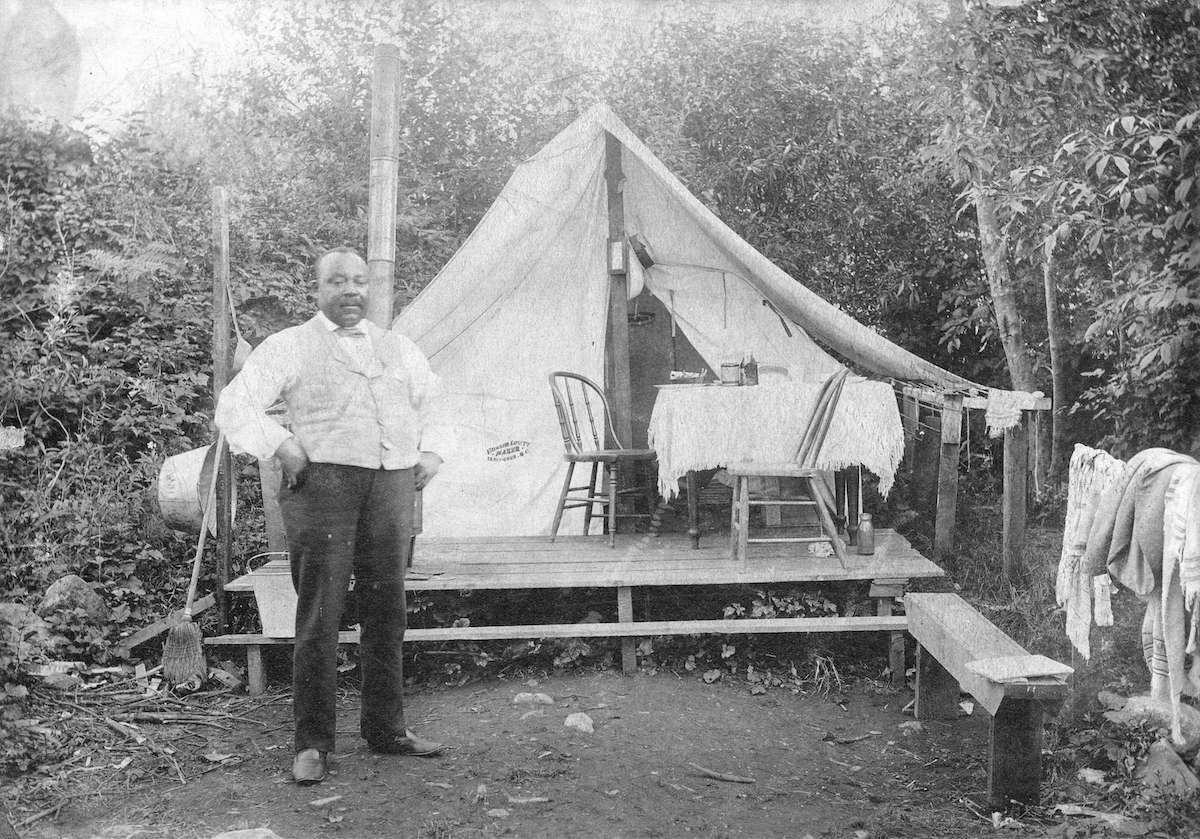
Working with the photograph as part of a Black History Month drawing challenge, Smith Diaz says she became “completely entranced.” That historical photo would spark an artistic journey for Smith Diaz as she realized that both she and Fortes share roots in the Caribbean.
Fortes first arrived in Vancouver in 1885 after journeying from his home in Trinidad to the United Kingdom. Over the next three decades, Fortes taught generations of Vancouver children how to swim at English Bay. He also saved dozens of people from drowning. Fortes lived at English Bay until his death in 1922, when an estimated 10,000 people lined the streets to watch his funeral procession pass by.
Today, Fortes’ name adorns a Vancouver library branch on Denman Street and a high-end seafood restaurant downtown. There’s a memorial water fountain in Alexandra Park and a more recent plaque marks where he lived out his days in a small cottage at the foot of Beach Avenue and Bidwell Street in Vancouver’s West End.
The plaque, which went up in 2022, says Fortes “defied the prejudices of the time, endearing himself to Vancouverites as the city’s first Official Lifeguard.”
But peering deeper into the history of the early colonial city, Smith Diaz noticed a contradiction between how Vancouver has celebrated Fortes as a local icon who overcame prejudice, and the racism and violent white supremacy he would have encountered at the time.
“When we get caught up in this kind of one-dimensional Black hero figure, we sometimes forget to also remember the humanity of these individuals,” Smith Diaz said.
In 2023, Smith Diaz wrote a piece that is part historical research, part reimagining of what Fortes may have felt, seen and thought as a Black man from the Caribbean living in colonial Vancouver at the turn of the century. While Fortes has been known as Joe Fortes, Smith Diaz prefers to use the name Fortes used himself: Seraphim.
You can listen to Smith Diaz’s recorded soundscape on Fortes. The artist refers to Fortes as Serafim, not Seraphim as it appears elsewhere, as Smith Diaz notes that Fortes spelled his name like that on documents. ‘Soliloquy for Serafim’ was performed at English Bay, with actor Carlos Joe Costa portraying Fortes, on Sept. 16, 2023. Smith Diaz is now working on expanding the project to a book about Fortes.
The Tyee caught up with Smith Diaz to discuss Fortes’ life, Vancouver history and what it means to make art in response to racism. This interview has been edited for length and clarity.
The Tyee: Seraphim (Joe) Fortes was written about a lot in newspapers and he became locally famous in Vancouver. What’s missing from that public portrait at the time?
Ruby Smith Diaz: I think people have not been critical about what was written about him at the time.
He is definitely a figure that is celebrated. But if you look through the newspaper archives and actually read about the way that he was written about and remembered even within the first few weeks after his death, it’s actually quite distasteful. In many cases, it was racist, what was written about him.
One of the quotes that for me is just one of the most jarring that I came across was written in the Daily Province after his death:
“It was never suggested to his disadvantage that this is a white man’s country. If he had lived beyond the period of useful activity, the city would have maintained him in comfort. He was able to say that he gave more than value in service for all that he received.”
It just took a while to just sit with that first sentence.... And it really struck me in terms of the truth coming out: here we love this hero, this Black man, but this is a white man’s country. But we never let him know that in any bad way that this was a white man’s country.
[Then we come to] speak to his “period of useful activity”: to me, [this] hearkens back to the times of people being enslaved, which within his time period would have possibly been his father, would have been definitely his grandfather in Trinidad, that would have been enslaved.
So essentially, he’s only useful, he’s only of interest to us for as long as he was so-called “useful” or is able to work, but we still would have cared for him. But it’s spoken to as the exception.
I’m curious whether you feel like Fortes has, over time, kind of been used as proof that Vancouver was more accepting, or not as racist, than it was.
Yes — it’s something that I wrote about in my manuscript as well, this kind of iconic figure that Vancouver could point to and kind of celebrate as almost a mascot. Peter Hudson, another writer, also speaks to this — of how Seraphim becomes a mascot for the city of Vancouver and, again, is kind of flattened, is erased in terms of the actual racism that is happening around him.
I think a really key example of this is a postcard that was initially displayed on the Vancouver Heritage “Places That Matter” website, as late as Nov. 24, 2022. What they had displayed was this colourized postcard of Seraphim on the beach.... And what’s written in cursive is “The [N-word] is a life saver at English Bay has rescued many people from drowning, love R.”
So we hail this hero and in the same breath are calling him a [N-word]. And not to mention that this is displayed on the Vancouver Heritage website as recently as the last year and a half.*
[Which makes me wonder,] are we not reading what is written on these things, three lines written on the postcard? Is this also what we’re holding up and not looking at critically? That’s a problem. But I think it’s a perfect example of the contradictions that we hold, especially here in the Lower Mainland when we think of Seraphim’s life.
*Editor’s note: According to Smith Diaz, the Vancouver Heritage Foundation removed the postcard after she complained. The Tyee reached out to the foundation for comment, and they confirmed the postcard with the slur had been posted on their website at the end of 2022. "We acknowledge our failure, and we take accountability for the content of the post," they wrote to The Tyee. "The Vancouver Heritage Foundation does not support or endorse any form of racism, and we sincerely apologize for harm done by this post. The staff team now collectively reviews the appropriateness of all images and information that we share."
How did you go about trying to create this fuller picture of Fortes?
I did my own research through the Vancouver archives, looking through photos. I also examined all of the newspaper articles from the Lower Mainland as well as so-called British Columbia that were in his lifespan to get a sense of what was getting written about him.
The writing I've completed also was part of an imagining, based on the things that I experienced as an Afro-Latina person in Edmonton and Vancouver. It was delving into the nuances of what it means to be a Black person on Indigenous lands, on stolen lands. Thinking and reflecting about what it would have been like for me to have arrived 100 or 150 years ago as one of very few persons of African descent from the Caribbean.
What really intrigued me, too, was that he was Afro-Latino — he either had Portuguese or Spanish ancestry and his father was of African ancestry. For me, being a Chilean person with also lineage from Jamaica, from the Caribbean, there were lots of things that I was curious about.
There are so many aspects of the culture, around the music, around the way that you learn how to write, the way you learn how to read, the foods that you eat. All these things I infused with my writing that I felt were critical to explore again, to bring a different side to him. ![]()
Read more: Rights + Justice, Art


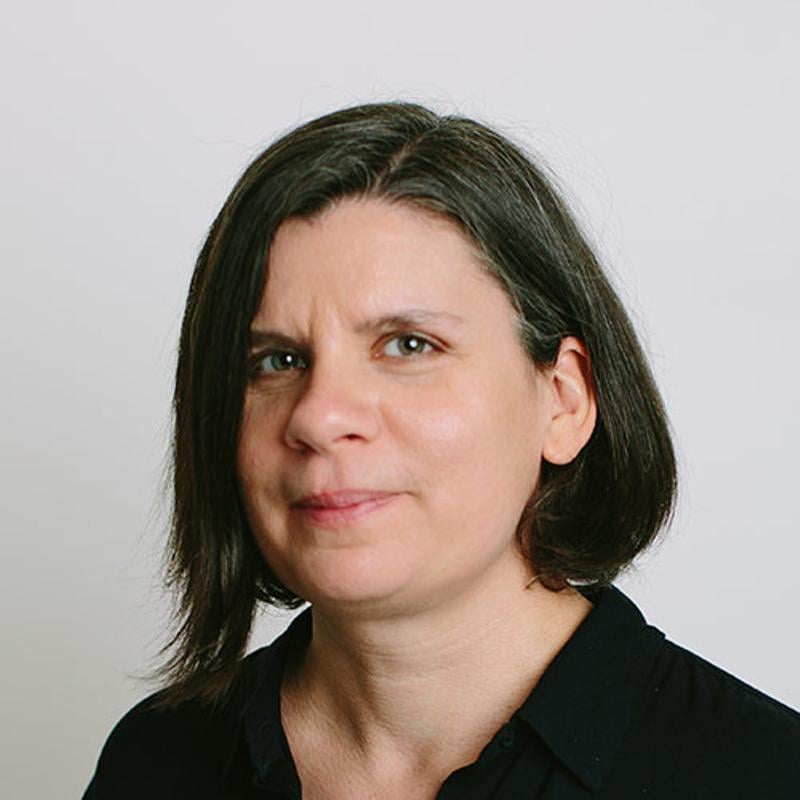

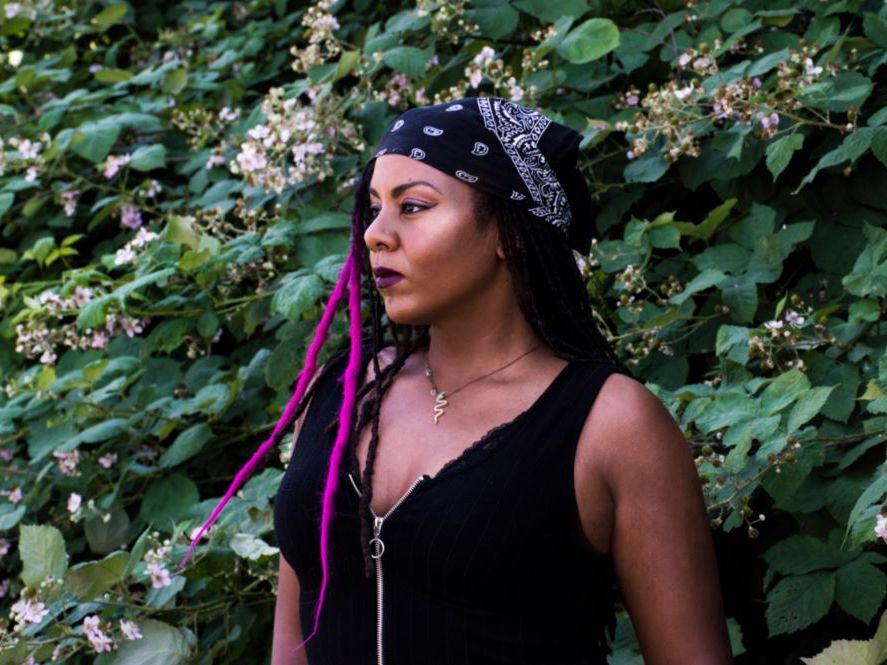



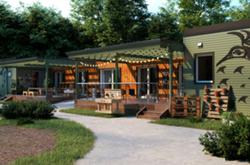

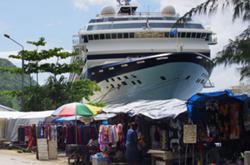


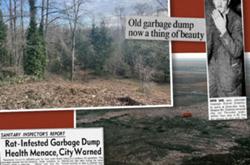
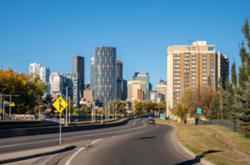


Tyee Commenting Guidelines
Comments that violate guidelines risk being deleted, and violations may result in a temporary or permanent user ban. Maintain the spirit of good conversation to stay in the discussion and be patient with moderators. Comments are reviewed regularly but not in real time.
Do:
Do not: